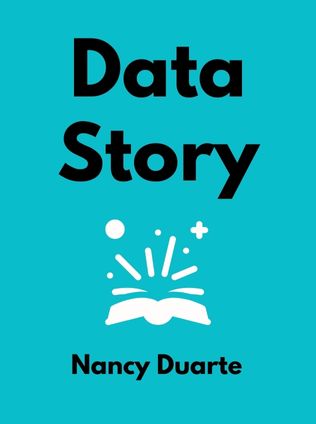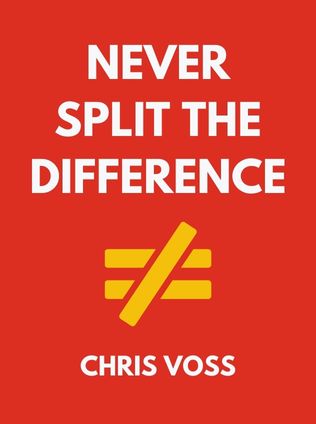
DataStory
Explain Data and Inspire Action Through Story
By Nancy Duarte
Published 09/2019
About the Author
Nancy Duarte is a renowned communication expert featured in major publications such as Fortune, Time Magazine, Forbes, Fast Company, and Wired. She leads Duarte, Inc., a global leader in creating influential visual messages for business and culture. Duarte has written five best-selling books and is recognized for her expertise in incorporating storytelling into business communications.
Main Idea
DataStory teaches how to transform data into compelling narratives that inspire action. By leveraging the power of stories, leaders can make data-driven recommendations that engage and motivate their audiences. The book provides a framework for creating DataStories that blend language, numbers, and graphics to drive decisions and change.
Table of Contents
- Introduction
- Becoming a Communicator of Data
- Crafting a Data Point of View (DataPOV)
- Structuring an Executive Summary as a DataStory
- Creating Action Through Analytical Structure
- Making Clear Charts and Slides
- Making Data Stick
Introduction
Data alone is not enough to drive decisions; it must be communicated effectively. Stories engage our brains in ways data alone cannot. When we connect emotionally with a story, we are more likely to take action. By structuring data as a narrative, we can make it more relatable and compelling.
"By transforming your data into vivid scenes and structuring your delivery in the shape of a story, you will make your audience care about what your data says." - Nancy Duarte
Becoming a Communicator of Data
To leverage data effectively, one must develop communication skills. It is not enough to analyze data; you must also present it in a way that drives decisions. Executives need data presented clearly and compellingly to make informed decisions.
"We’ve all heard the phrase ‘the data speaks for itself,’ but the truth is, it almost never communicates clearly for itself. We have to give it a voice." - Nancy Duarte
Virtually every company in every industry already has access to vast stores of intelligent data that can offer a competitive advantage. We can use data to invent new business models, help employees become more productive, and improve customer experiences. However, the bigger challenge is using the data well to drive decisions.
To make sense of the overwhelming onslaught, more people in a greater number of roles must understand how to leverage the various kinds of data at their disposal and bring the findings to life. Executives must constantly make decisions based largely upon data analysis. They want it presented to them in an expert manner.
For those who’d like to move into roles that help determine what an organization should do in light of data findings, they must develop communication skills. You must learn how to communicate where data is suggesting the organization should go.
- Understand executive preferences: Tailor your presentation style to the preferences of your audience.
- Prepare for interruptions: Be concise and ready for questions during executive presentations.
- Use a Slidedoc: A visual document that combines slides and documents for quick consumption by executives.
Crafting a Data Point of View (DataPOV)
A DataPOV is a clear, actionable recommendation derived from data. It comprises a unique point of view and what is at stake. Structuring a DataPOV helps to frame the data in a way that drives action.
Sign up for FREE and get access to 1,400+ books summaries.
You May Also Like
How To Win Friends and Influence People
The All-Time Classic Manual Of People Skills
By Dale CarnegieQuiet: The Power of Introverts
The Power of Introverts in a World That Can't Stop Talking
By Susan CainThe Life-Changing Magic of Tidying Up
The Japanese Art of Decluttering and Organizing
By Marie KondoThe Lean Startup
How Today's Entrepreneurs Use Continuous Innovation to Create Radically Successful Businesses
By Eric RiesWho Moved My Cheese?
An Amazing Way to Deal with Change in Your Work and in Your Life
By Spencer Johnson, M.D.



















